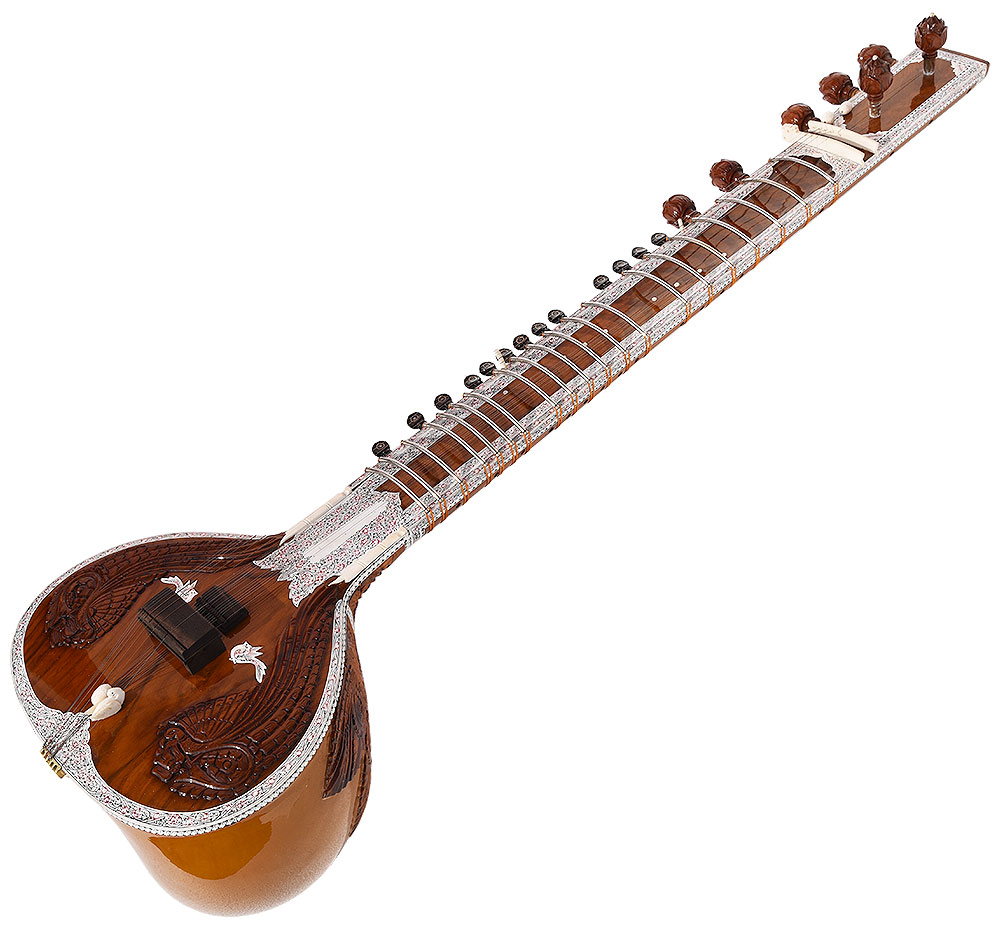

ABOUT INDIAN CLASSICAL MUSIC
Carnatic and Hindustani music has a rich and storied history that goes back many centuries.
Sri. Purandara Dasa, the father of Carnatic Music, Sri. Venkatamakin, and Sri. Govindacharya, introduced some the core concepts of Carnatic Music such as Swara, Raaga, and Tala in the mid-15th Century. While Carnatic music flourished under the patronage of the Kings of Vijayanagara, Travancore, Tanjore, and Mysore, it is now patronized by the general public that has taken a keen interest in this art form through public performances and Sabhas.
Hindustani music places more emphasis on improvisation and exploring all aspects of a raga, while Carnatic music is primarily composition-based. The central notion in both these systems is that of a melodic mode or raga, sung to a rhythmic cycle or tala. These principles were refined in the musical treatises Natya Shastra, by Bharata (2nd–3rd century CE), and by Dattilam (probably 3rd–4th century CE). These melodic systems were fused with ideas from Persian music, particularly through the influence of Sufi composers like Amir Khusro, and later in the Mughal courts. Noted composers such as Tansen flourished, along with religious groups like the Vaishnavites.In modern times, the government-run All India Radio, Bangladesh Betar and Radio Pakistan helped to bring the artists to public attention, countering the loss of the patronage system.
MEET OUR GURUS
Meet our experiences and expertise of gurus

FLUTE
The Flute (also called Venu) is one of the ancient transverse flutes. It is made from Bamboo and is a side blown instrument. The Flute is discussed as an important musical instrument in the Natya Shastra, the classic Hindu text on music and performance arts.

SITAR
The word sitar is derived from the Persian word sehtar, meaning “three-stringed.” The instrument appears to have descended from long-necked lutes taken to India from Central Asia. The sitar flourished in the 16th and 17th centuries and arrived at its present form in the 18th century.

VIOLIN
The violin may have been introduced to India in and around 1790. Baluswami Dikshitar, brother of renowned Carnatic Composer Muthuswami Dikshitar, learned and adapted the instrument to suit Carnatic Music. Over the course of time, the violin has become an integral part in any classical kutcheri.

VOCALS
Carnatic music is one of world’s oldest and richest musical traditions, originating in the fertile plains of the Cauvery delta and flourishing through the ages. It primarily comprises a monophonic song based on improvised variations.
